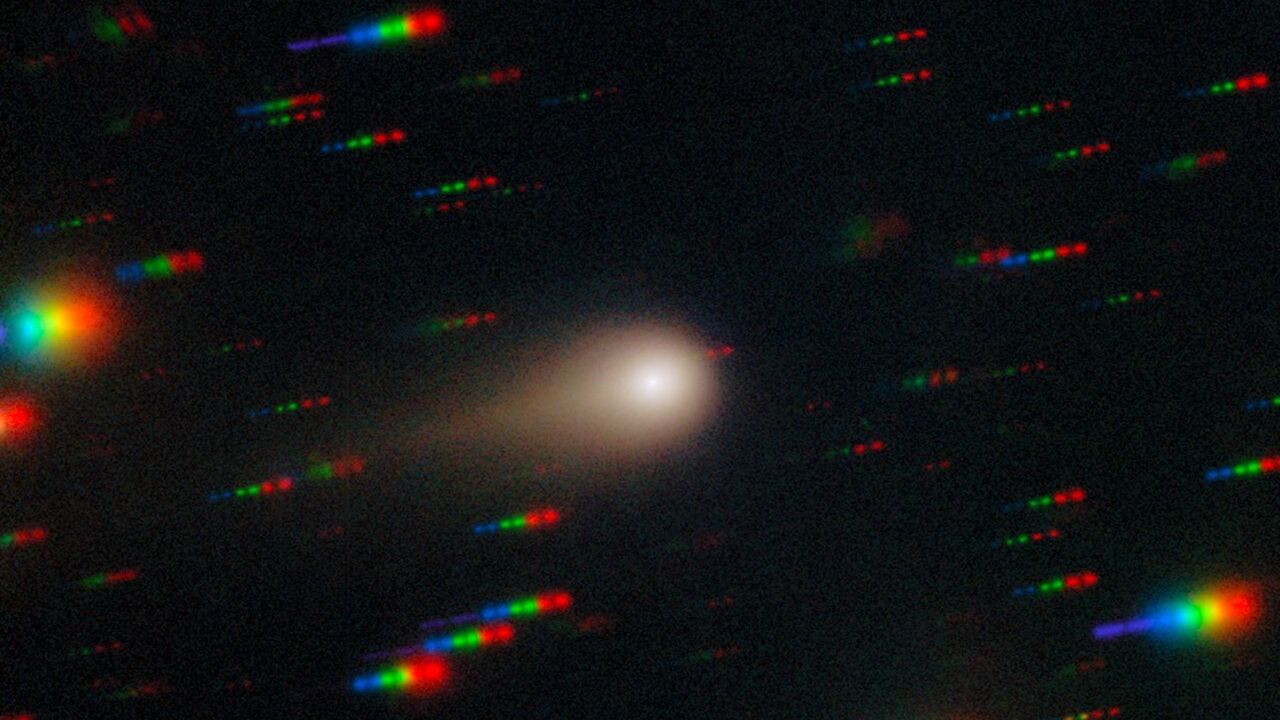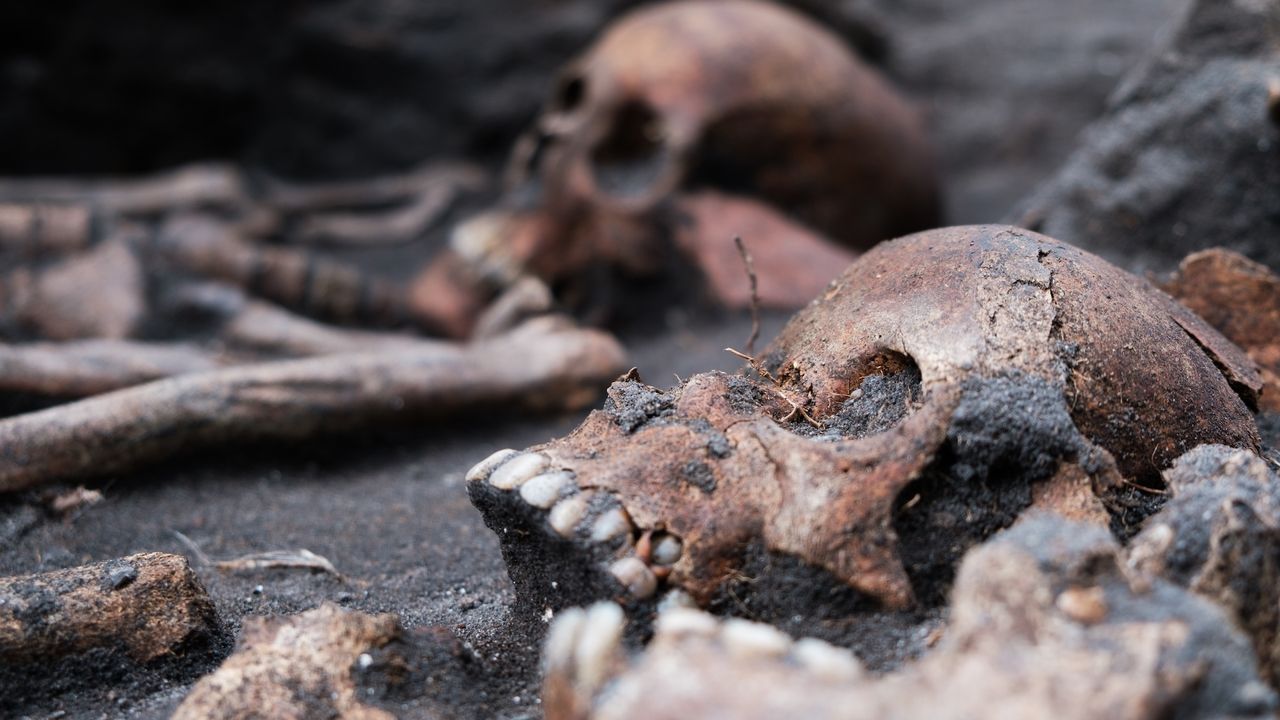Beware, beachgoers: New spider discovered in California’s sand dunes
NeutralScience

A new species of spider has been discovered in California's sand dunes, intriguing scientists and beachgoers alike. This tiny tarantula relative, which exhibits unique behaviors reminiscent of a vampire, highlights the rich biodiversity of coastal ecosystems. Understanding such species is crucial as it can inform conservation efforts and enhance our appreciation for the natural world.
— Curated by the World Pulse Now AI Editorial System












